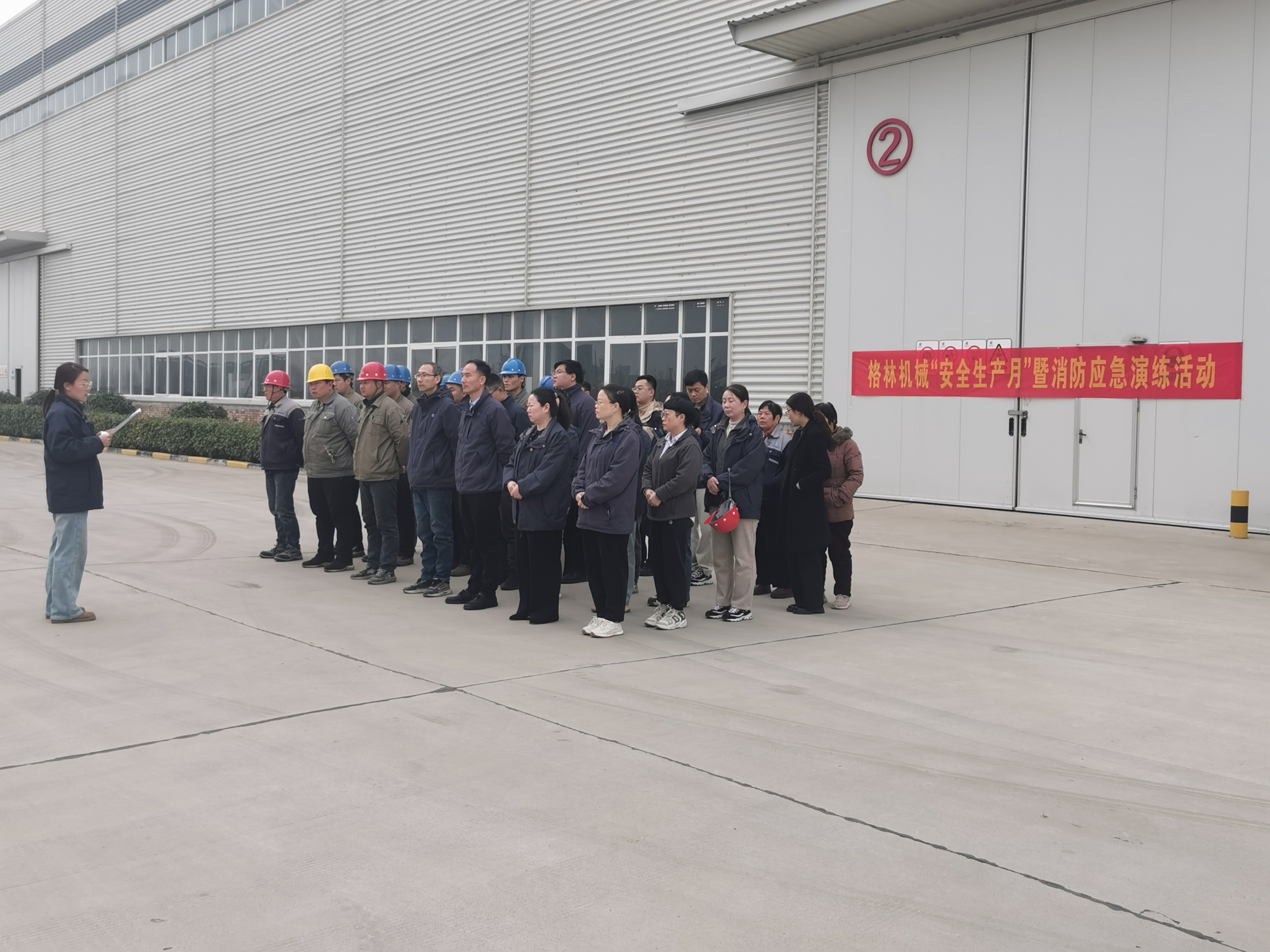Vibrating Screens vs. Traditional Methods: A Comprehensive Comparative Analysis for Aggregate Processing
Release Date:
2025-05-02
Vibrating Screens vs. Traditional Methods: A Comprehensive Comparative Analysis for Aggregate Processing Table of Contents 1. Introduction to Aggregate Processing Techniques 2. Understanding Vibrating Screens: Features and Benefits 3. Traditional Methods of Aggregate Processing 4. Comparative Analysis: Vibrating Screens vs. Traditional Methods 5. Advantages and Disadvantages of Vibratin
Vibrating Screens vs. Traditional Methods: A Comprehensive Comparative Analysis for Aggregate Processing
Table of Contents
- 1. Introduction to Aggregate Processing Techniques
- 2. Understanding Vibrating Screens: Features and Benefits
- 3. Traditional Methods of Aggregate Processing
- 4. Comparative Analysis: Vibrating Screens vs. Traditional Methods
- 5. Advantages and Disadvantages of Vibrating Screens
- 6. Recent Innovations in Aggregate Processing
- 7. Case Studies: Successful Implementations of Vibrating Screens
- 8. Frequently Asked Questions (FAQs)
- 9. Conclusion: Making the Right Choice for Aggregate Processing
1. Introduction to Aggregate Processing Techniques
In the realm of construction and building machinery, the conversion of raw materials into usable aggregates is vital. Aggregate processing techniques have evolved significantly over the years, adapting to the needs of various industries. As we delve into this article, we will analyze two primary methods: **vibrating screens** and **traditional processing techniques**. Understanding their differences, advantages, and disadvantages will empower businesses to make informed decisions.
2. Understanding Vibrating Screens: Features and Benefits
Vibrating screens are crucial in separating materials based on size and shape. Their design incorporates a series of screen mesh layers that facilitate the efficient sorting of aggregates.
2.1 Key Features of Vibrating Screens
- **High Efficiency**: Vibrating screens can achieve high throughput rates due to their ability to process large volumes of materials quickly.
- **Versatility**: They can accommodate various materials, including sand, gravel, and crushed stone.
- **Adjustable Settings**: Users can modify screen sizes and vibration frequencies to adapt to different processing needs.
2.2 Benefits of Using Vibrating Screens
- **Enhanced Separation**: The consistent motion helps in efficiently separating materials, reducing contamination.
- **Cost-Effectiveness**: Despite the initial investment, the long-term savings in labor and operational costs often offset the upfront expenditure.
- **Improved Product Quality**: By effectively sorting out undesirable materials, vibrating screens enhance the overall quality of the final product.
3. Traditional Methods of Aggregate Processing
Traditional methods of aggregate processing typically involve manual labor and machinery such as static screens, rotary screens, and hand-sorting techniques. Although these methods have served the industry for decades, they come with limitations.
3.1 Common Traditional Methods
- **Static Screens**: These are fixed structures where materials are poured for gravity-based separation.
- **Rotary Screens**: Utilizing a rotating drum, these screens sift materials but often lack the efficiency of vibrating screens.
- **Manual Sorting**: This labor-intensive method relies on workers to sort aggregates by hand, leading to higher operational costs.
3.2 Limitations of Traditional Methods
- **Lower Efficiency**: These methods generally process materials at a slower rate, impacting overall productivity.
- **Higher Labor Costs**: The reliance on manual labor increases costs and can lead to human error.
- **Inconsistent Quality**: Variability in sorting can result in lower quality aggregates, impacting the integrity of construction projects.
4. Comparative Analysis: Vibrating Screens vs. Traditional Methods
When comparing vibrating screens to traditional methods, several factors come into play, such as efficiency, cost, and quality of output.
4.1 Efficiency
Vibrating screens are known for their high operational efficiency, processing larger quantities of materials than traditional methods. The vibration facilitates rapid movement through the screen, allowing for quicker sorting and separation.
4.2 Cost-Effectiveness
While the initial investment in vibrating screens may be higher, the reduction in labor costs and increased output often lead to lower overall expenses. Traditional methods, on the other hand, may appear cheaper initially but can incur higher labor costs over time.
4.3 Quality of Output
The quality of the aggregates produced using vibrating screens is generally superior, thanks to precise sorting capabilities. Traditional methods can produce inconsistent results, potentially compromising the quality of construction materials.
5. Advantages and Disadvantages of Vibrating Screens
In order to make an informed decision, it's essential to weigh the advantages and disadvantages of using vibrating screens.
5.1 Advantages
- **Increased Throughput**: Capable of handling large volumes of materials effectively.
- **Lower Maintenance Costs**: With fewer moving parts, vibrating screens often require less maintenance than traditional methods.
- **Higher Flexibility**: Adaptable to various materials and processing requirements.
5.2 Disadvantages
- **Initial Investment**: The upfront cost may deter smaller operations from adopting this technology.
- **Vibration Fatigue**: Continuous operation can lead to wear and tear on components over time.
- **Noise Levels**: Vibrating screens can produce significant noise, necessitating noise-reduction measures in some environments.
6. Recent Innovations in Aggregate Processing
The aggregate processing industry continues to evolve, introducing numerous innovations that enhance both vibrating screens and traditional methods.
6.1 Technological Advancements in Vibrating Screens
- **Smart Technology**: Integration of IoT sensors allows for real-time monitoring and adjustments based on material properties.
- **Energy-Efficient Designs**: New designs focus on minimizing energy consumption while maximizing output.
6.2 Improvements in Traditional Methods
- **Automation**: Many traditional methods are becoming automated, reducing the reliance on manual labor and increasing efficiency.
- **Enhanced Materials**: The development of advanced screening media improves the effectiveness and longevity of traditional screens.
7. Case Studies: Successful Implementations of Vibrating Screens
To illustrate the practical benefits of vibrating screens, we can examine a few successful case studies.
7.1 Case Study 1: Large-Scale Quarry Operation
A leading quarry in the Midwest implemented vibrating screens to replace their rotary screens. They reported a **30% increase in throughput** and a **significant reduction in labor costs** after just six months.
7.2 Case Study 2: Recycling Facility
A recycling facility upgraded from manual sorting to a vibrating screen system, leading to improved material recovery rates and reduced contamination in recycled aggregates, enhancing their marketability.
8. Frequently Asked Questions (FAQs)
8.1 What are vibrating screens primarily used for?
Vibrating screens are used for separating materials in various industries, including construction, mining, and recycling, based on size and shape.
8.2 Are vibrating screens suitable for all types of materials?
Yes, vibrating screens are versatile and can handle a wide range of materials, including sand, gravel, and crushed stone.
8.3 How do vibrating screens improve productivity?
By allowing for quicker and more efficient sorting of materials, vibrating screens increase throughput and reduce the need for manual labor.
8.4 What maintenance is required for vibrating screens?
Regular inspections, cleaning, and timely replacement of worn-out components are essential to maintain their performance.
8.5 Can traditional methods still be effective?
While traditional methods can be effective for smaller operations or specific tasks, they often lack the efficiency and quality control that vibrating screens provide.
9. Conclusion: Making the Right Choice for Aggregate Processing
The choice between vibrating screens and traditional aggregate processing methods ultimately hinges on specific operational needs, budget constraints, and desired outcomes. **Vibrating screens** offer significant advantages in efficiency, cost-effectiveness, and product quality, making them a compelling choice for modern aggregate processing. However, understanding the context and requirements of your operation is crucial. By evaluating all available options and staying informed about industry innovations, businesses can thrive in an increasingly competitive landscape.





